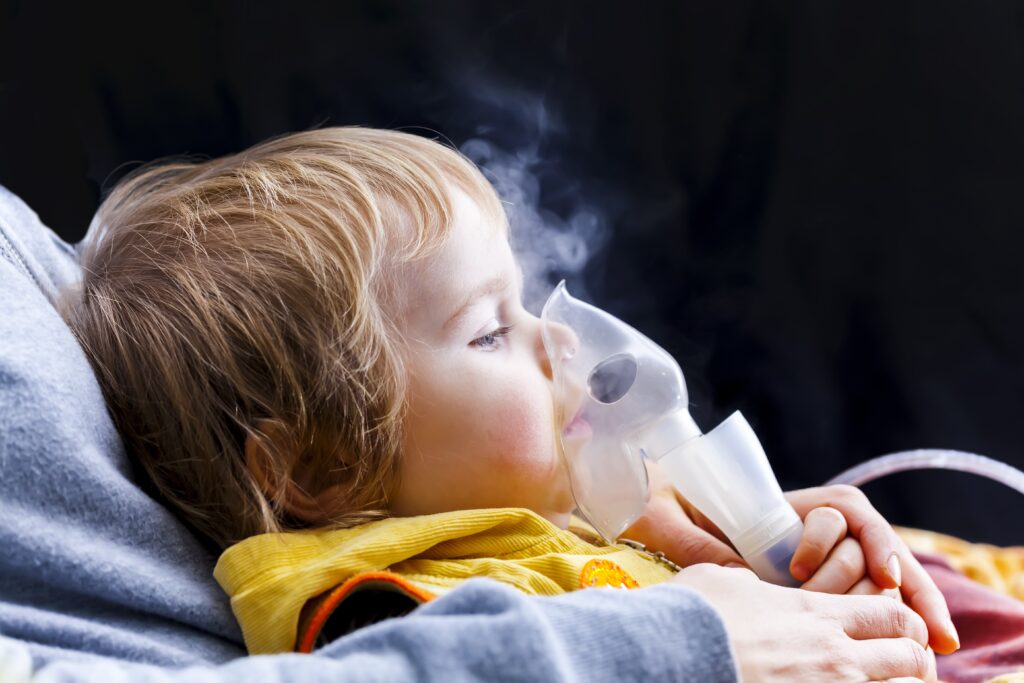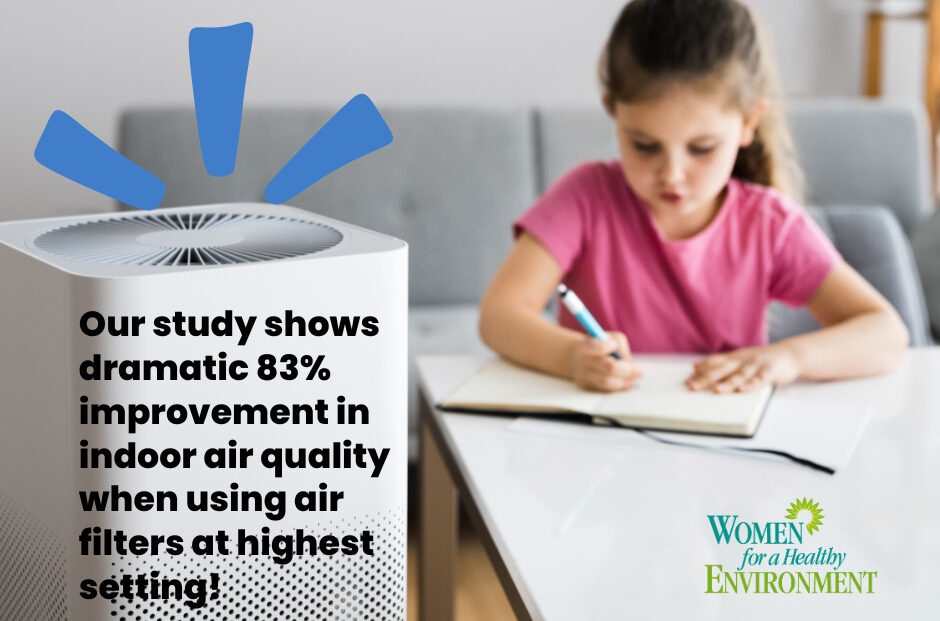
Why Asthma Prevention Starts With You
Asthma affects nearly 1 in 12 children in the U.S. and is a leading cause of school absences. Young children spend much of their day indoors, and their lungs are still developing—making early learning centers a critical place to reduce triggers and promote health.
10 Simple Ways to Reduce Asthma Triggers
Clean Air & Surfaces
1. Use fragrance-free, certified cleaning products. Harsh chemicals and scents can irritate young lungs.
2. Vacuum with a HEPA filter and dust weekly. This helps reduce dust mites and allergens.
3. Fix leaks and dry spills immediately. Mold can grow in as little as 24 hours.
4. Improve ventilation with fresh air or air purifiers. Good airflow helps clear out irritants.
5. Avoid air fresheners and sprays. Choose natural options like baking soda or open windows.
6. Seal cracks and store food properly. This helps keep pests like mice and cockroaches out.
7. Minimize soft toys and rugs. Use washable items and clean them regularly.
8. Partner with parents. Request an Asthma Action Plan and have quick-relief medications on hand.
9. Post no-smoking and anti-idling signs. Car exhaust and smoke are common asthma triggers.
10. Support safe play and physical activity. Ensure access to inhalers and monitor for symptoms.

New Research: Cleaner Air, Healthier Kids
A recent WHE pilot study in Philadelphia childcare centers found that using portable air purifiers significantly improved indoor air quality—by 83.2%.
When Medifyair filters were installed, PM2.5 levels dropped from 6.04 µg/m³ to just 1.02 µg/m³, far below EPA health-based benchmarks.
Cleaner air means fewer asthma triggers, better attendance, and healthier classrooms—especially in communities facing environmental injustices.
Resources for Staff & Families
Download, print, and share these helpful tools in your early learning environment:
Classroom Asthma Trigger Checklist (PDF)
A quick-reference summary with top actions educators can take to create asthma-friendly classrooms.
Asthma Action Plan Template
A fillable form for families and staff to manage asthma symptoms and emergencies.
Safer Cleaning for Schools Guide
Step-by-step guidance for using safer cleaning, sanitizing, and disinfecting practices.
EPA Indoor Air Quality Tools for Schools
Federal resources and templates to help schools improve air quality and ventilation.
Check out our other downloadable fact sheets on lead and radon.
